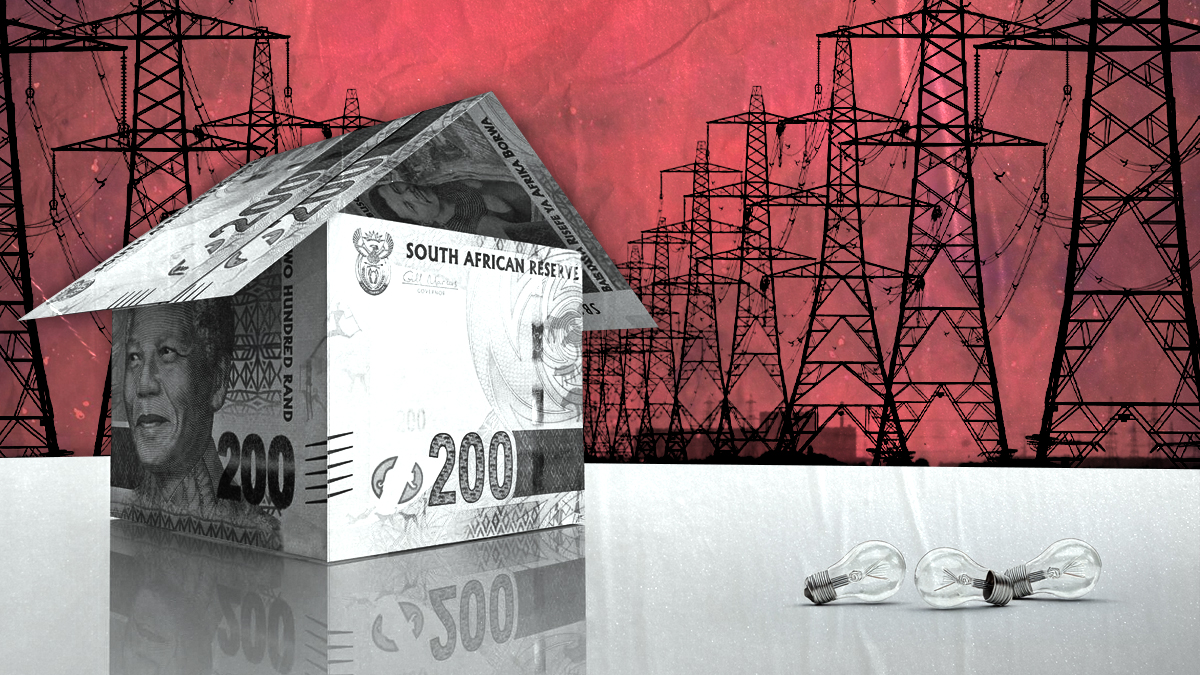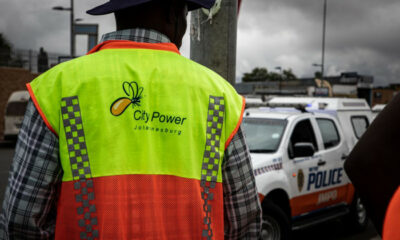Business
Power Pinch: Why Eskom’s R40 Billion Bill Could Hit Us Hard in 2025

There’s a new buzz in town: Eskom may add R40 billion to our power bills, quietly, and over time. It started with a court settlement around past tariff mistakes. Now, a fresh battle is unfolding between the state power utility and the energy regulator, and your wallet could be caught in the crossfire.
A Quiet Settlement With a Big Price Tag
Back in May 2025, Eskom and NERSA quietly settled a long-running dispute over how much the utility was allowed to recover in revenue between 2014 and 2021. Turns out, NERSA had made some big calculation errors, and Eskom is now entitled to claw back R40 billion from consumers.
NERSA will decide how and when that money is recouped, which likely means phased increases across future bills. The decision was finalised in court but was barely noticed by the public when it was dropped. Now that the figures are surfacing, many South Africans are starting to feel understandably anxious.
Expect Another Shock in Tariff Hikes
The R40 billion isn’t the only issue. Eskom is also challenging NERSA’s latest revenue decisions for the current and next two financial years. The utility originally requested a 36.15% increase for 2025/26 but only received 12.74%. For 2026/27 and 2027/28, Eskom asked for 11.81% and 9.1%, but NERSA only approved 5.36% and 6.19%.
Eskom is now asking the regulator to review and possibly overturn that decision, specifically questioning how its asset base was handled in the calculations. The case is being escalated, and a special NERSA electricity subcommittee meeting is scheduled to address it.
What It Means for Your Monthly Bill
Whether or not Eskom wins this challenge, you’re already paying more. The 12.74% hike kicked in on 1 April 2025. If NERSA spreads the R40 billion clawback across consumer bills, the monthly costs could creep up even further over the next few years.
Many households are already feeling the pinch. Across Joburg, the new tariffs have led to tighter budgets, changes in electricity usage, and a surge in alternative energy installations. What was once a quiet legal battle is now becoming a national concern.
Eskom’s Sales Are Slipping, and That’s a Problem
A key driver of Eskom’s growing financial strain is that it’s selling less electricity every year. Since 2015, its total energy sales have dropped by more than 37,000 GWh. Just in the past year, the decline was around 3%.
Why? Load-shedding fatigue, rising costs, and the rapid growth of rooftop solar have all led consumers to use less Eskom power or abandon the grid entirely. The more people leave, the more expensive it becomes to maintain the system, especially for those who can’t afford alternatives.
The Rooftop Solar Catch
While going solar sounds like a smart solution, Eskom has made it harder, not easier, for consumers to do it. Homeowners with solar setups are now being asked to install new equipment and pay for additional approvals, often at a cost of R30,000 or more.
That’s left many with a tough choice: either pay Eskom to stay connected or invest the same money into battery storage and go fully off-grid. Critics argue that Eskom’s approach is counterproductive. Instead of keeping wealthy customers in the system, who effectively subsidise lower-income households, it’s pushing them away entirely.
Why This Matters for Everyone
This isn’t just a debate about numbers on a spreadsheet. It’s about access, equity, and survival. Rising electricity prices hit the most vulnerable first. For middle-income families, it means cutting back. For lower-income communities, it could mean losing access altogether.
There’s also a policy issue here. Should South Africa be encouraging decentralised solar, or trying to keep everyone tied to a centralised grid? Eskom’s current strategy seems to be sending mixed signals.
What Happens Next
NERSA’s subcommittee is due to meet on 16 July 2025 to assess Eskom’s challenge. Their decision could determine how much more you’ll pay in the next 12 to 36 months and how soon Eskom can recover the R40 billion it’s now legally owed.
Regardless of how that plays out, one thing is certain: the cost of electricity in South Africa is heading in one direction, and most consumers are bracing themselves for more pain before relief arrives.
This moment marks a critical fork in South Africa’s energy future. Will we see a fairer, more flexible system that supports solar while protecting the poor? Or will rising tariffs and red tape deepen the divide?
Whatever happens, Joburgers should be watching this space, because the next electricity bill might not just cost more; it might shape how we power our homes for years to come.
Also read: Against All Odds, the JSE Is Outshining Wall Street in 2025
Follow Joburg ETC on Facebook, Twitter, TikTok and Instagram
For more News in Johannesburg, visit joburgetc.com
Source: MyBroadband
Featured Image: BusinessTech

























